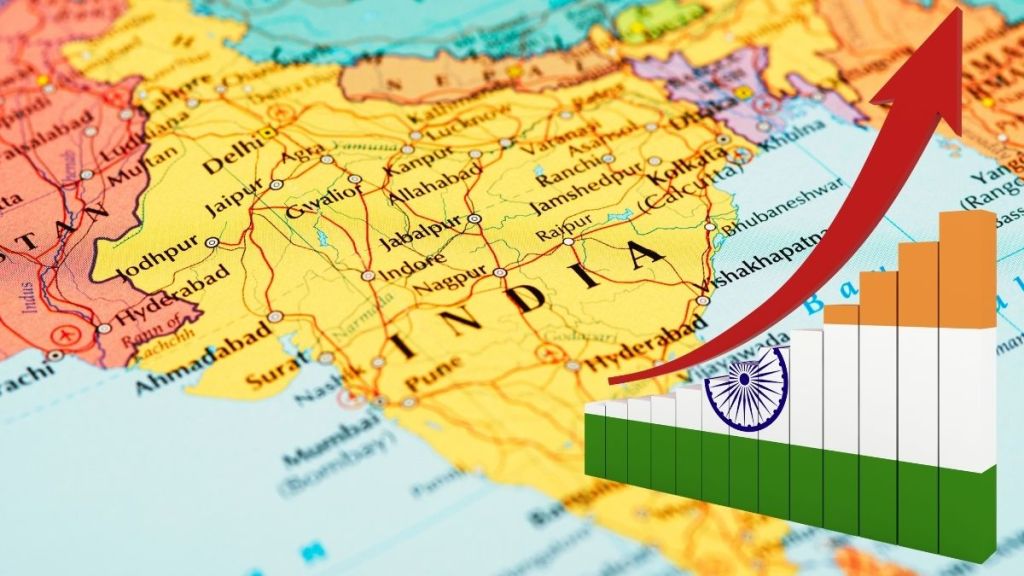India will surpass the United States in terms of purchasing power parity (PPP) by 2038 if the two countries continue to grow at the forecasted rates beyond 2030, an EY Economy Watch report said. This means India will go on to become the world’s second-largest economy in purchasing power parity in the next 13 years, with the expected to hit $34.2 trillion
The report added that the average predicted growth rates of India and the US over the period 2028 to 2030 at 6.5% and 2.1% (IMF), respectively. The report, coming on a day when US President Donald Trump’s 50% tariffs on Indian goods kicked in, boosts the country’s confidence, proving that the current scenario will not last for longer.
The EY report, based on IMF projections, states that the Indian economy would reach $20.7 trillion by 2030, showing better progress than the US, China and Germany. It said that the Indian economy is the most dynamic in terms of growth, leading the world economy and all other major economies by a significant margin. The growth is 2.3 times that of the US in 2024. In subsequent years, however, India’s growth is projected to be in the range of 3.1 to 3.6 times that of the US.
For beyond 2030, India and the US maintain average growth rates of 6.5% and 2.1%, respectively, during 2028 to 2030 as forecast by the IMF, the report added. However, India may surpass the US economy in terms of 2021 PPP-based international dollars in 2038.
What the picture looks like in 2038
According to the EY report, in the year 2038, India’s GDP is projected to be at $34.2 trillion international constant PPP dollars (2021). In market exchange terms, the Indian economy is projected to become the fourth largest overtaking the Japanese economy in 2025 (FY26) and further surpass Germany to become the third largest in 2028 (FY29), it added.
“Thus, it may be only a matter of a decade before India becomes the second-largest economy in the world,” the report highlighted.
The report mentioned that India’s final consumption expenditure to GDP ratio has also been quite high (71.4% to 72.7%) during the four years FY20 to FY23. India has the highest investment ratio as measured by gross capital formation (GCF) which has been in excess of 30% except in FY21, which was the Covid-19 year, it added.
Among the five major economies included in the analysis, the report said, India’s general government debt is the lowest along with that of Germany. For Japan, it was 236.7% of GDP, whereas in China, it was 88.3% and, in the US, it was already 120.8% in 2024.
Furthermore, India is the only case where the government debt-GDP ratio is projected to fall from a level of 81.3% in 2024 to 75.8% in 2030, according to the IMF. On the other hand, the ratio is projected to increase in case of Germany, the US and China. It falls marginally for Japan.
Will US’ tariffs affect India’s growth trajectory?
The EY report estimated that the tariffs imposed by the US on India may not be much more than 10 basis points (0.1%) of GDP, while the US could potentially face a larger effect. “The US economy faces challenges from its high government debt-to-GDP ratio, with a significant portion maturing in the next two to three years,” it added.
While the US may require refinancing at higher interest rates, potentially increasing the burden of interest payments, India’s relative strengths is backed by its lower export-to-GDP ratio, higher investment-to-GDP ratio and lower incremental capital-output ratio.

